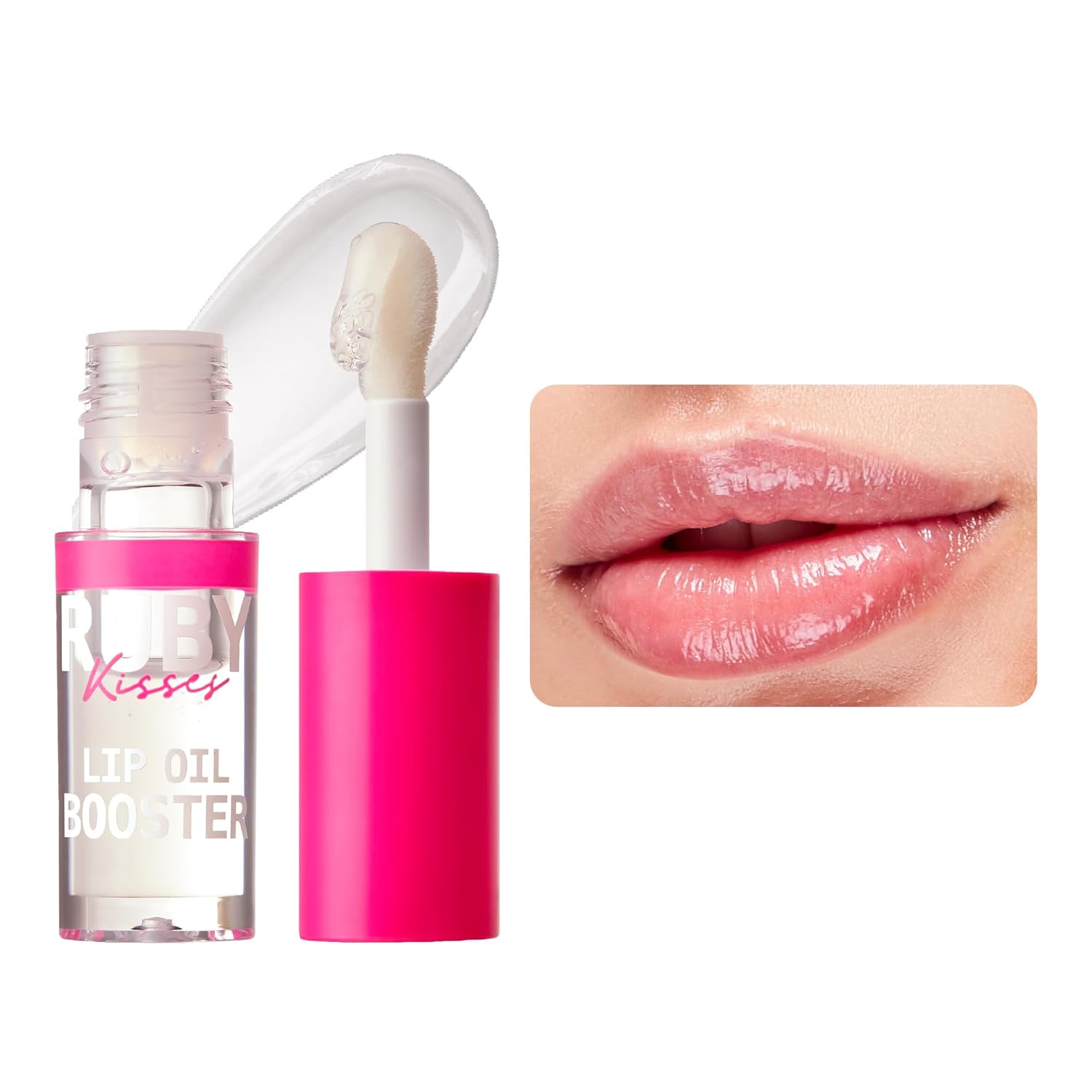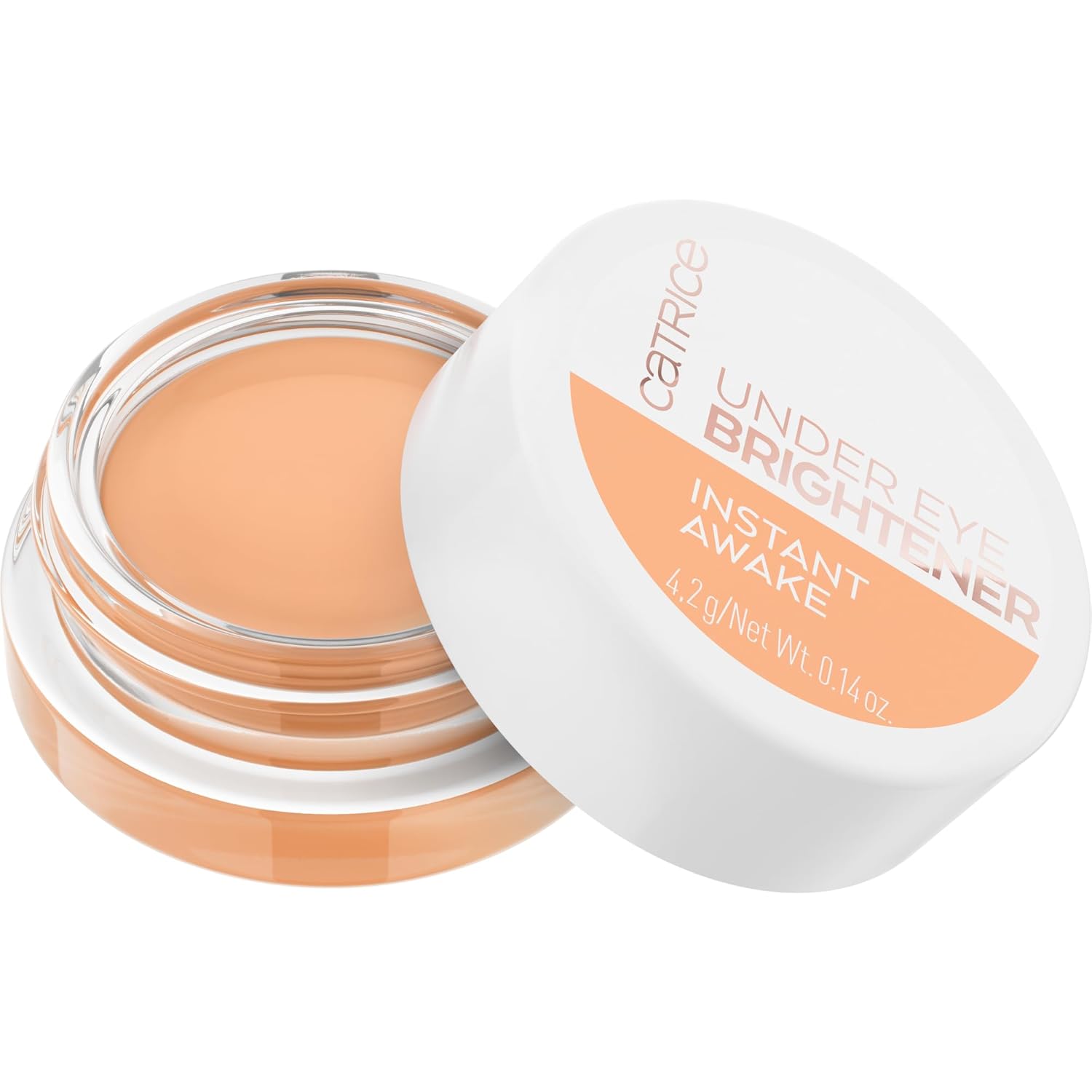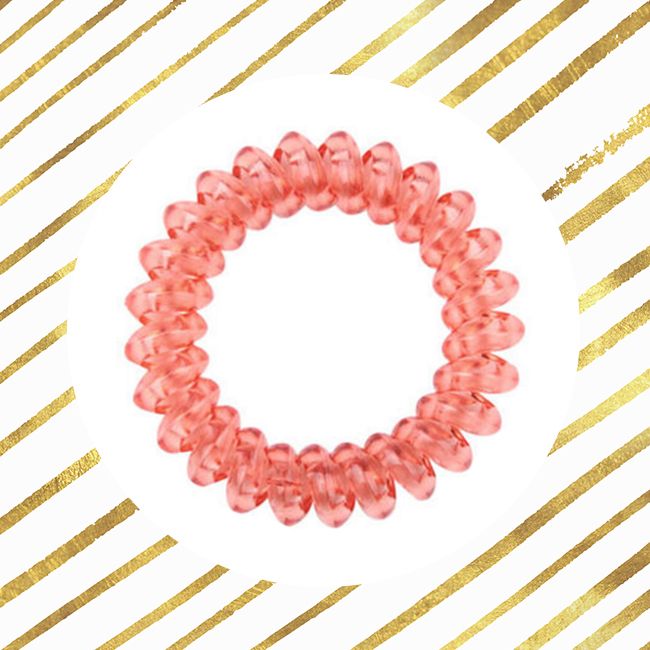
When it comes to keeping hair up and out of the way, two popular options have always been the bun and the ponytail.There are different types of hair ties that all serve the same basic function of keeping hair pulled back and away from your face. When choosing a hair tie, make sure that whatever ties you choose will not tug at or pull your hair, which causes hair breakage. Among the different types of hair ties, there are two main designs of hair ties: either elastic based or non-elastic based. From your oversized scrunchies for sleeping to your thin headbands for working out, the following are some options to choose from when attempting your next low-maintenance protective style.
Telephone wire ties
These ties are typically made without elastic and can create tension by being wrapped repeatedly around a section of hair. While they offer less hold than elastic bands, these hair ties won’t tug at your roots while wearing and are easier to remove. Use a twist tie at night to pineapple and preserve your curl pattern. Here’s how:
Cotton-wrapped elastics
The most commonly used type of hair ties, these are elastic bands wrapped in cotton. Offering great hold without tugging at hair when you remove them, a cotton hair tie is available in a wide variety of colors and affordable, found in most drugstores.
Scrunchies
Oversized and a bit of a throwback to previous decades, scrunchies are large fabric hair ties with elastic cores. They are great for a loose hold that won’t damage hair, especially while sleeping or exercising. The scrunchie of today has evolved their bands to include fashionable braided and thinner options that the standard scrunchies of the past did not.
Bungee bands







While the appearance of these hair ties may seem scary at first, bungee bands are a popular choice because these elastic bands open up with hooks at each end. While you might think they are potentially more damaging for hair and harder to use, they are actually safer than traditional elastics. This type of hair tie is also reliable for tucking away your ends for a longer time frame than the options above. Here’s how to make a bungee band at home:
What type of hair tie do you use?
Let us know in the comment section below.











